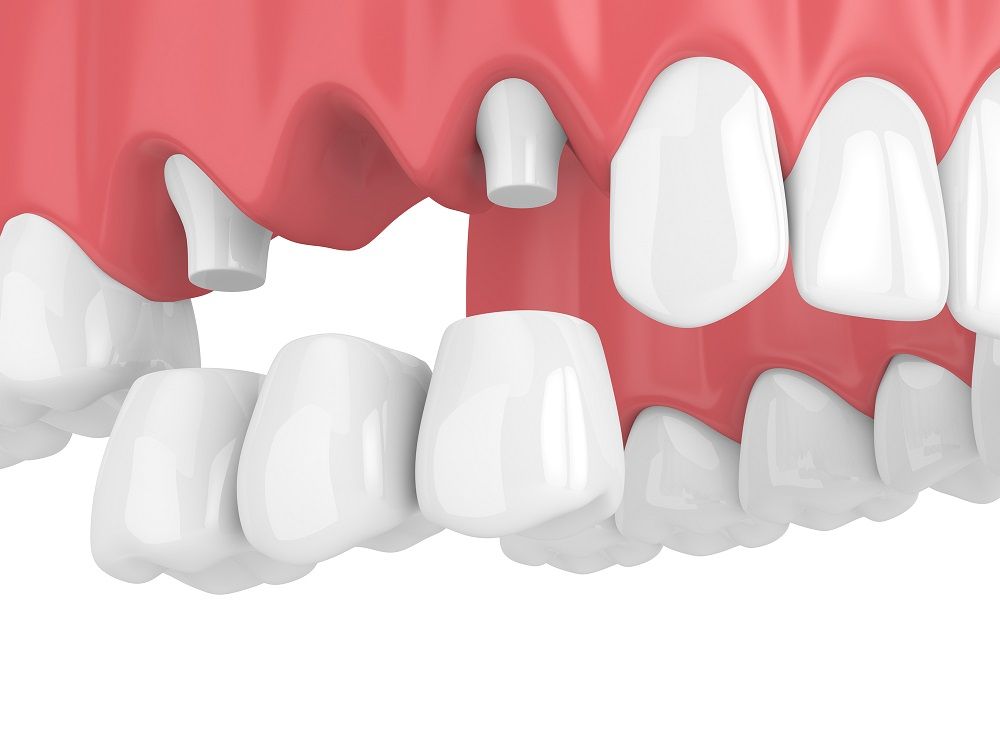If you lose one or more teeth, you may notice a number of complications related to your oral function, dental health, and smile aesthetics. Regardless of the cause of your missing teeth, you should talk to your dentist about tooth replacement solutions and address these lingering problems. They can recommend several types of prosthetic teeth depending on your preferences, including dental bridges.
A bridge prosthetic features several durable ceramic teeth attached to each other that secure firmly in the mouth. But your dentist can offer a variety of options when it comes to this fixture in your smile. Check out three types of dental bridges that your dentist might recommend to restore your smile after tooth loss when you read on.
Removable Dental Bridge
An affordable way to experience restorative benefits from tooth replacement is through a removable dental bridge. This device features ceramic dental prosthetics that can replace one or several consecutively missing teeth in your smile. The removable option will clip into place using caps or a framework that relies on surrounding prosthetic teeth.
The appliance functions like a partial denture, meaning you must clean it regularly and maintain it as directed by your dentist. This type of bridge usually lasts for about five years before requiring a replacement device.
But it can remain in your mouth while you eat to improve your ability to bite and chew. Plus, the ceramic material of the false teeth will look beautiful in your smile. It resists staining and is built on a custom basis for a natural-looking finish.
Traditional Fixed Dental Bridge
The traditional dental bridge is usually a fixed appliance, meaning a dentist will secure it in the mouth so that you cannot take it out at your leisure. While you lose some of the flexibility of a removable denture, many people appreciate the comfort of the reduced risk of the device slipping out of place at an inopportune moment.
The fixed bridge stays in place due to crowns attached to each end of the device. These caps fit over abutment teeth and seal into place with dental cement. With this extra hold, you can enjoy reliable dental restoration for fifteen years with proper care for the device.
Implant-Supported Dental Bridge
If you want to maximize restorative benefits, you may want to consider an implant-supported dental bridge. This type of appliance will not rely on surrounding teeth. Instead, it garners support for prosthetic teeth from surgically placed titanium post anchors. The anchors – one on each end of the bridge prosthetic – fuse with the jawbone for optimal security of the bridge, which screws into place atop the anchors.
This type of bridge can last for twenty years or longer. You will need to consult with your dentist to learn if you retain enough healthy jawbone to undergo this treatment. However, unlike the traditional bridge, the implant replaces teeth below the gumline for extra oral health advantages. Learn more by giving your dentist a call today.

